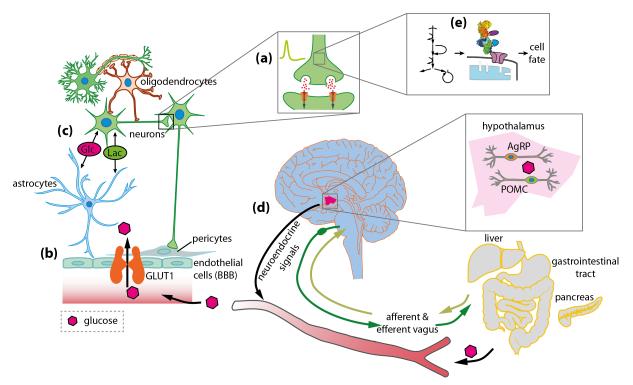Figure 1. The role of glucose for brain function.
Glucose (Glc) is the main source of energy for the mammalian brain, (a) Specialized centers in the brain, including proopiomelanocortin (POMC) and agouti-related peptide (AgRP) neurons in the hypothalamus, sense central and peripheral glucose levels and regulate glucose metabolism through the vagal nerve as well as neuroendocrine signals.. (b) Glucose supply to the brain is regulated by neurovascular coupling and may be modulated by metabolism-dependent and -independent mechanisms. Glucose enters the brain from the blood by crossing the BBB through glucose transporter 1 (GLUT1), and (c) glucose and other metabolites (e.g. lactate, Lac) are rapidly distributed through a highly coupled metabolic network of brain cells. (d) Glucose provides the energy for neurotransmission, and (e) several glucose-metabolizing enzymes control cellular survival. Disturbed glucose metabolism on any of these levels can be the foundation for the development of a large variety of disorders of the brain (see section on “Disease mechanisms”).

